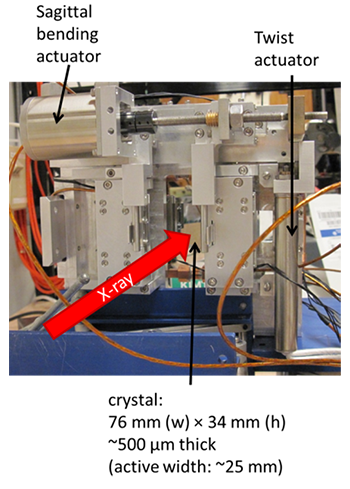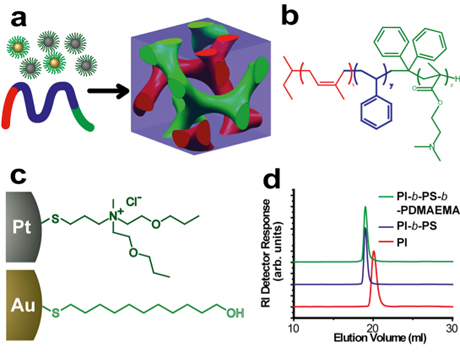CHESS accepting active NSLS proposals
NSLS-II will significantly expand the frontiers of science enabled by coherent x-ray beams. An unavoidable consequence, however, is that many current NSLS users need to find homes for their research programs during the “dark period.” The new undulators (to be installed this summer), a new suite of state-of-the-art area detectors, and our East Coast location make CHESS a very attractive choice for many current NSLS users.

